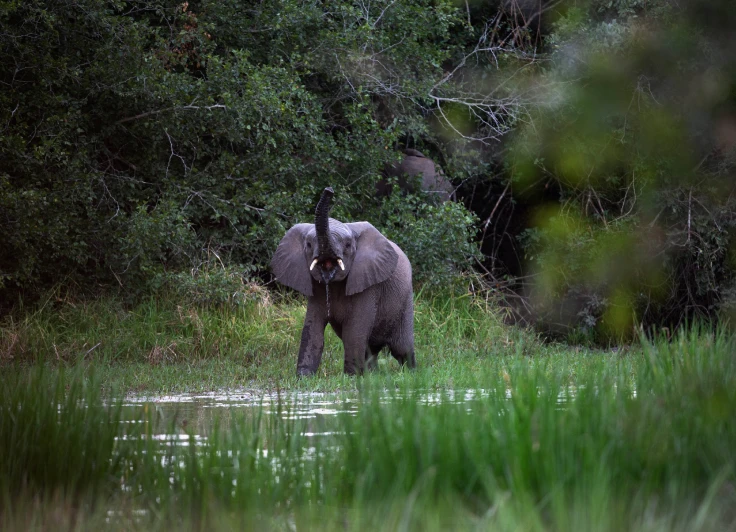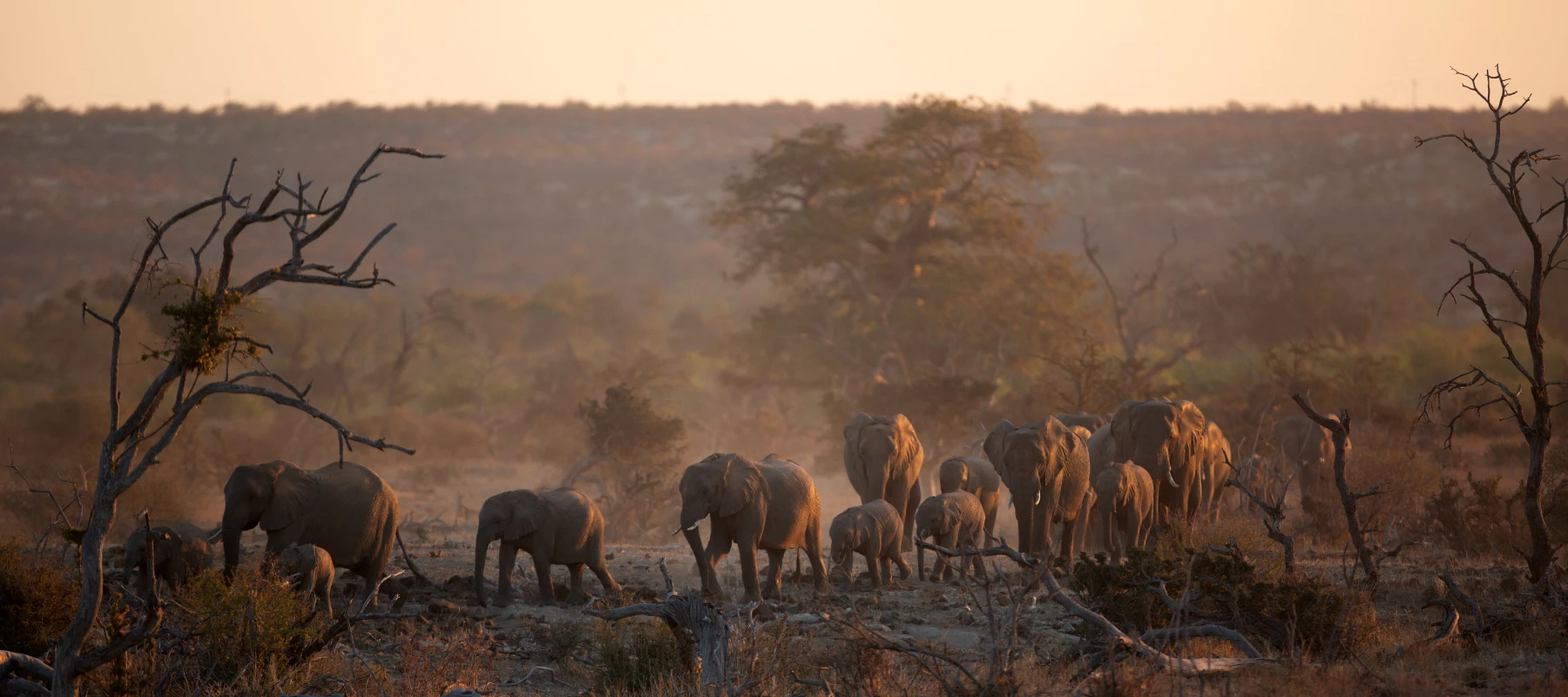In 2018, we embarked on our Moving Giants project in partnership with Peace Parks Foundation.
Over two years we moved 101 elephants from our Venetia Limpopo Nature Reserve (VLNR) in South Africa to a new home in Mozambique over 1,000 miles away. Here they are roaming freely in more than 400,000 hectares of protected land.

Giving our elephants more room to roam
Our VLNR is home to over 400 species of birds, as well as numerous flora and fauna. Founded in the early 1990s by De Beers as part of ongoing conservation efforts, it sustains a diverse ecosystem, but its fertile lands and safe conditions created a unique challenge – too many elephants. In the right numbers, elephants can pave the way for other species to come and diversify the biology of the area. Too many elephants can overwhelm an ecosystem and exhaust food supplies.
In stark contrast, Mozambique’s wildlife population, including its elephants, were depleted following the civil war in the country which ended in 1992. The conflict inflicted a heavy toll on wildlife. At the beginning of 2018, fewer than 15 elephants remained across Zinave – an enormous 1,575 square-mile (408,000 hectare) national park managed by Peace Parks Foundation and the Mozambique Government – making it a prime location to rehome a species that’s dwindling across the continent.
A US$500,000 Anglo American Foundation grant over 5 years has enabled the programme to provide critical support to community-led anti-poaching patrols in Zinave, employing over 80 rangers to monitor hotspots in the park and deter illegal activity. Their constant and vigilant efforts on foot, by boat and in the air have resulted in zero elephant poaching incidents and zero incidents of human–elephant conflict since the programme’s inception, a testament to Peace Park Foundation’s integrated approach to sustainable conservation.
Bringing two nature reserves into balance
The programme has brought far-reaching benefits to both landscapes. At VLNR, it has eased pressure on an ecosystem under strain. By contrast, at Zinave the translocated elephants have rejuvenated the natural environment. Ongoing monitoring shows the elephant families have formed new and larger herds with elephants translocated from other areas, resulting in the birth of healthy calves – the first to be spotted in Zinave for a long time. The park’s elephant population has naturally increased by six percent in five years.
“It is incredibly exciting seeing the first elephant calves in Zinave for a long time. It shows that the elephants are happy and healthy. They have clearly adopted Zinave as their new home, and it is satisfying to know they will be around in the park for our children and grandchildren to see.”
Peace Parks’ Operations Manager


